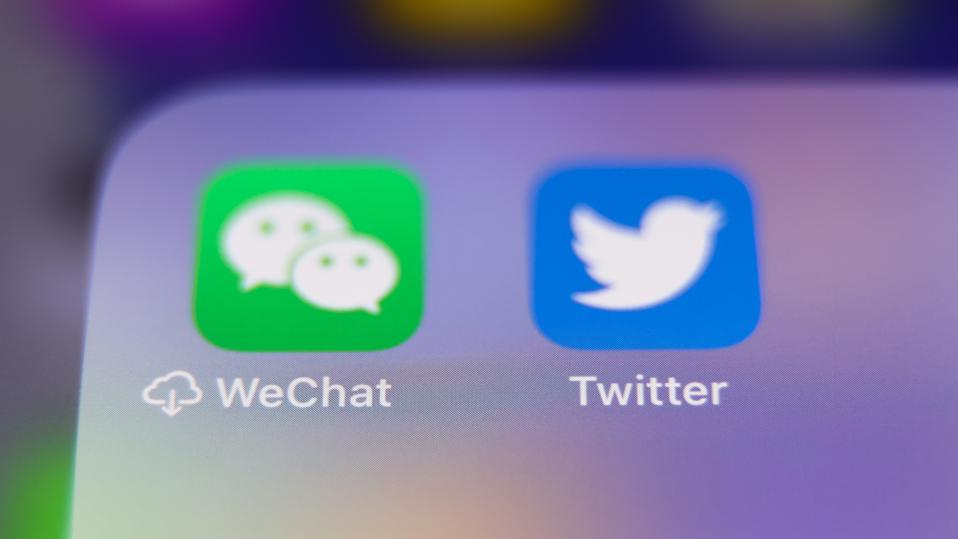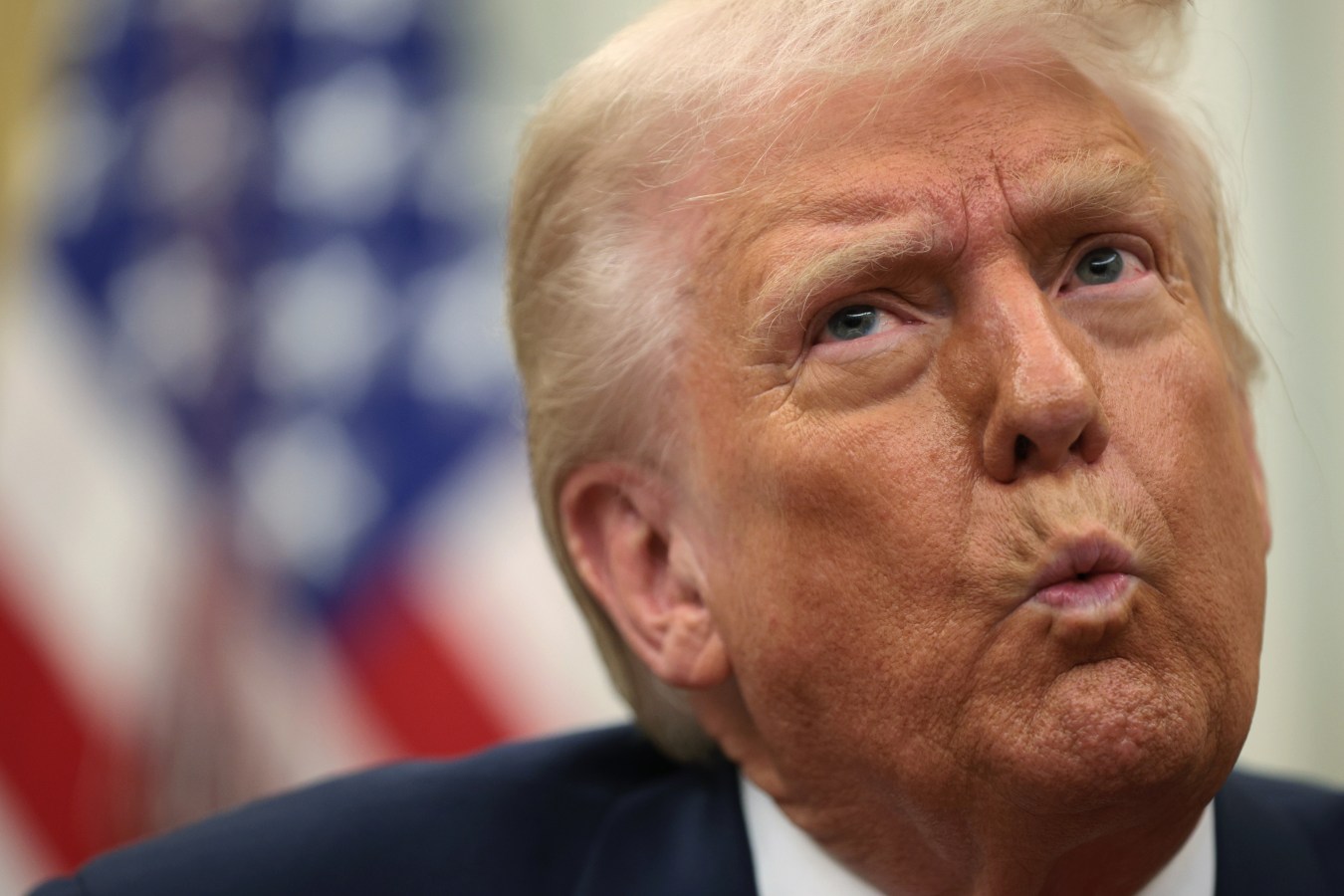Twitter owner Elon Musk has said he plans to transform the social media platform into a so-called “everything app,” an idea he has given little detail about, but whose blueprint can be found in Tencent’s WeChat, which is used by more than a billion users to do everything from sending text messages, making payments, booking flight tickets, playing games and even hailing a cab.

Twitter want’s to be more like WeChat, the Chinese super-app with more than 1.3 billion monthly active users.
NurPhoto via Getty Images
Key Takeaways
- With more than 1.3 billion—mostly Chinese—monthly active users, the Tencent-owned WeChat, or Weixin, is the world’s best-known and biggest “everything app” used by consumers, businesses, celebrities and even Chinese government agencies.
- WeChat launched in 2011 as a simple messaging app, similar to the Meta-owned WhatsApp, but has since evolved as one of the major gateways to the internet and e-commerce for many of China’s 1 billion internet users.
- Despite starting off with only text messages, WeChat now allows its users to do a multitude of other things like video calls, payments, e-commerce, accessing the news, and official government announcements.
- WeChat also serves as a platform for other “mini-apps,” which allow users to access a third-party service like ride-hailing or restaurant booking without having to download a separate app that would require its own account.
Surprising Fact
A testament to the popularity of WeChat was visible back in 2020, when the Trump administration was pushing to ban the app in the U.S. A particular clause of the proposed ban, which barred U.S. companies from carrying out “any transaction that is related to WeChat,” raised the possibility of the super app being removed from Apple’s App store.
A survey on Chinese social media found that 95% of the country’s iPhone users would be willing to ditch their smartphones and switch to another brand if Apple’s devices could no longer be used to access WeChat.
Key Background
Musk is not the first executive from Silicon Valley hoping to ape WeChat’s success in the U.S. In 2019, Meta CEO Mark Zuckerberg admitted that his company ought to learn from and even emulate WeChat.
Musk himself has admitted that his keenness on building an “everything app” predates his plans to acquire Twitter but he believes that transforming Twitter into “X” helps accelerate the process “by 3 to 5 years,” compared to starting from scratch with a new app.
What To Watch For
However, Musk’s ambitions, like every other silicon valley “super-app” dream before it, faces some key hurdles. The biggest one is integrating payments. One of the key elements of WeChat’s success is that alongside Ant Financial’s Alipay, it is one of the two biggest payment platforms in China—where the use of mobile payments is ubiquitous.
Most of WeChat’s other integrations are built around its payments feature and it can be used by anyone with a Chinese bank account. Seemingly aware of this, Musk says he wants to transform Twitter into a Paypal competitor and even make it the “biggest financial institution in the world.” However, this plan will rely on Americans’ willingness to change their payment behavior. Data shows that more than 80% of all Chinese adults use mobile payments, in comparison with less than 33% of U.S. adults.
This story was first published on forbes.com and all figures are in USD.
Forbes Australia issue no.4 is out now. Tap here to secure your copy or become a member here.
Look back on the week that was with hand-picked articles from Australia and around the world. Sign up to the Forbes Australia newsletter here.


